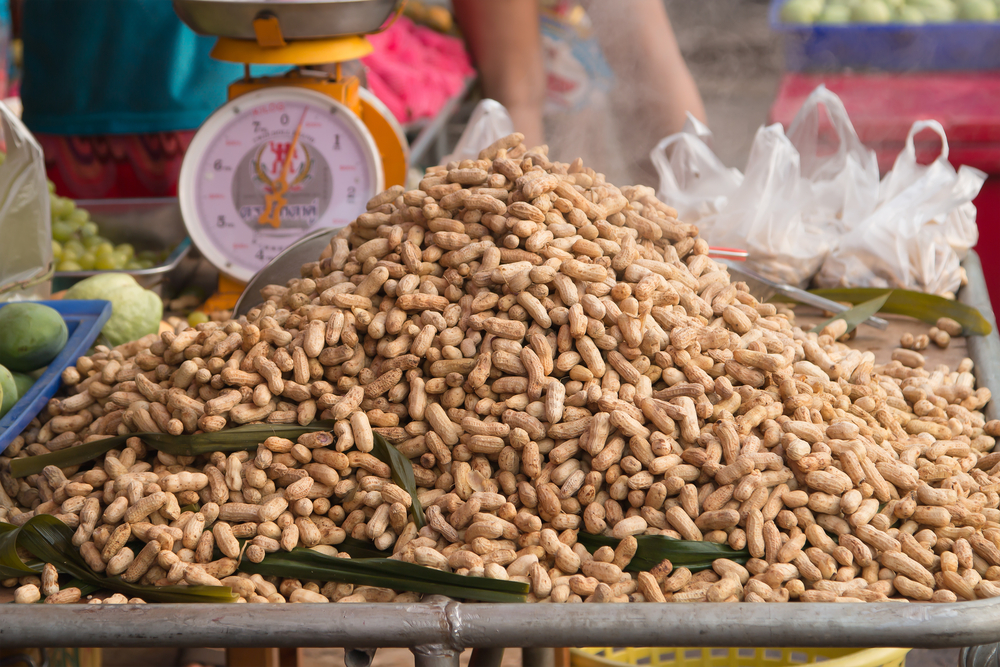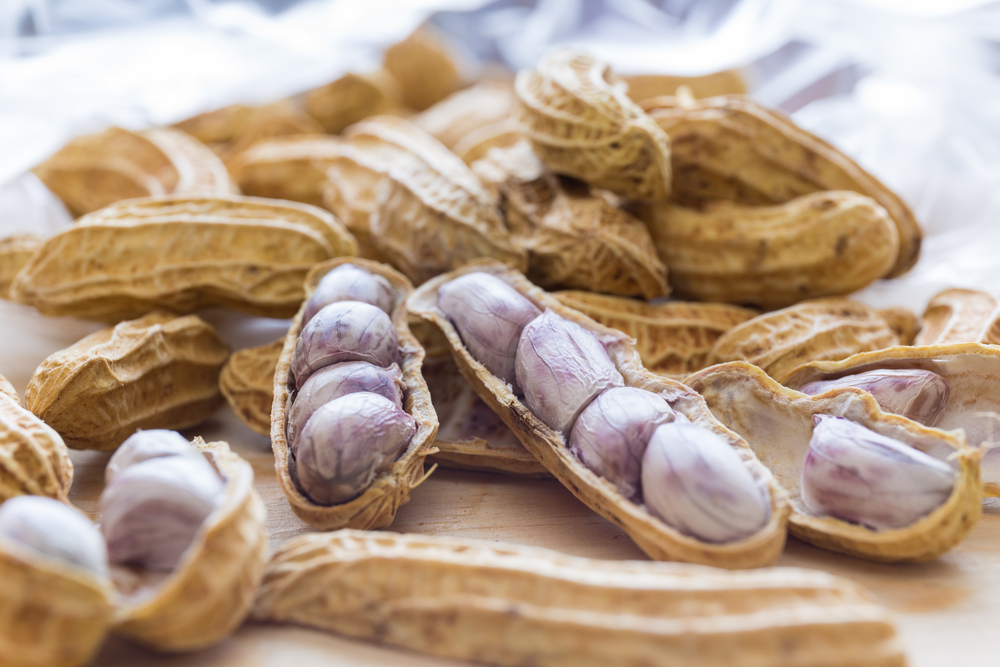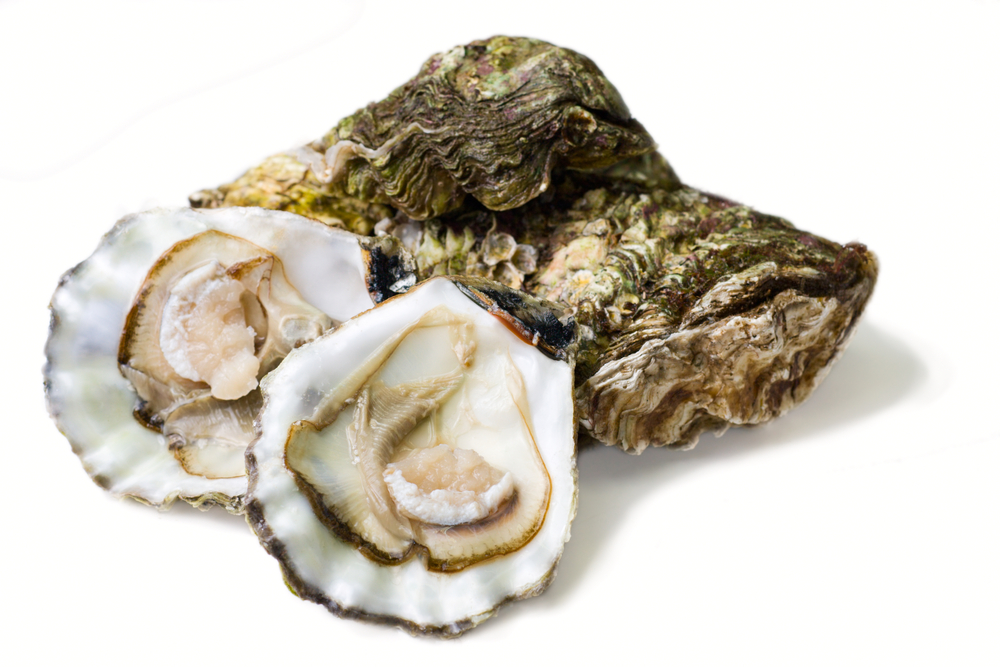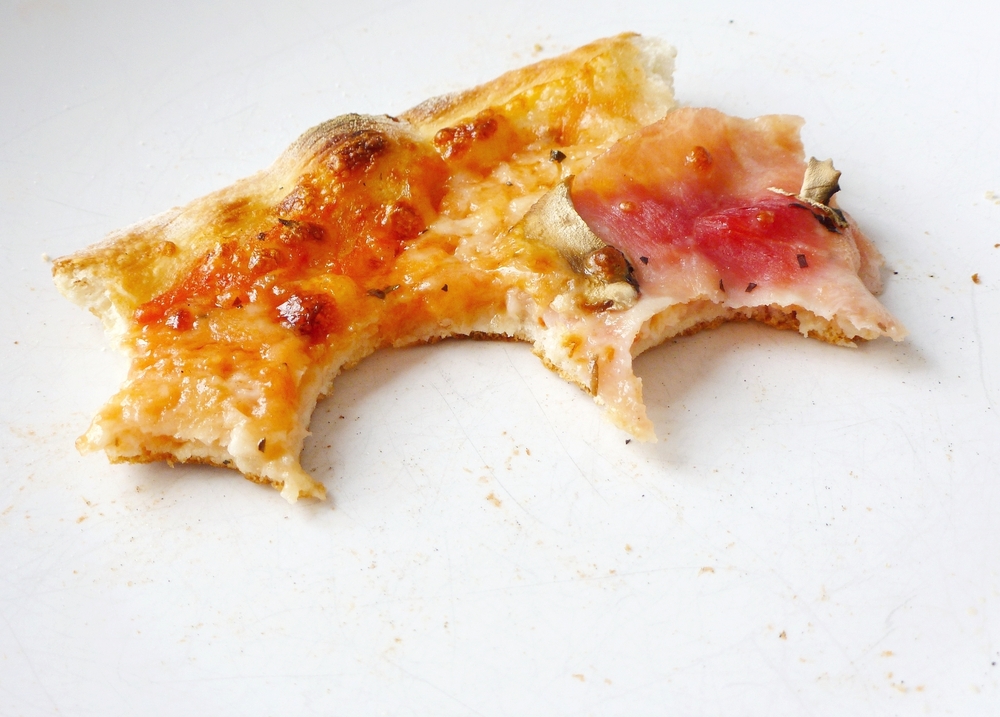Do you have a huge batch of peanuts that you’d like to make last? Have more than you can possibly eat in short notice and want to keep them from going bad? Of course the answer is to freeze them, that’s the case with most food, but how do you go about doing that?
The method for freezing boiled peanuts depends on whether or not they’re shelled or whole. Whole peanuts just have to be rinsed out before being stored in a freezer-safe container. Shelled peanuts require chilling for a few hours in advance before being transferred to the container.
Freezing Whole Peanuts
After giving the peanuts a good boil in salted water, you’ll of course want to let them cool down. Don’t wait too long, mind you; only wait as long as it takes to ensure you can handle them without burning yourself. After that, you’ll want to sit it in a colander – one of those perforated metal bowls – and rinse it out. Take a moment to shake the colander to let out any excess liquid.
From there most of the work is done, all you have to do now is place the peanuts into a freezer-safe container. Store that, and you’ll be able to keep it frozen for quite a while, the estimates of we’ll dig into later. Incidentally if you have a large number of peanuts, it’s best to freeze them in batches. That will help lower the amount of time needed to defrost them later on. When doing this, be sure to label the containers with today’s date, so you can remember how long you’ve had them frozen.
That’s the process for whole peanuts, but what about the shelled variety?
Freezing Shelled Peanuts
We should clarify since the terminology here can be confusing. Just as inflammable means flammable, the term ‘shelled peanut’ actually refers to peanuts without shells. That’s because the act of removing soft peanuts from their crunchy exterior is called ‘shelling’. With that in mind the instructions here start the same as before. Boil the peanuts with the shell still on, then let them cool down enough that you won’t have any issue touching them.
After that point, that’s when you can go ahead and shell them. With a boiled peanut you can do this pretty easily by just gently squeezing the shell until the insides pop out. Afterwards, spread the peanuts across a baking sheet, single layer, and put them in the freezer like this. Wait two to three hours for them to be frozen solid, then transfer them into a freezer-safe bag or container.
How Long Do Boiled Peanuts Last In The Freezer?
Many foods will be considered safe to consume after a whole year in the freezer, and some even say food is fine indefinitely when frozen. Peanuts are in a similar boat, with every indication being that anywhere from six to twelve months is achievable, depending on the circumstances when freezing them.
Whether your batch is on the low or high end there depends on whether or not you began the freezing process ASAP after cooking or left them in the fridge for a few days first, or even left them in room temperature for a few hours. Any of these things would shorten their shelf life considerably.
Pros & Cons Of Freezing
There’s reasons for and against freezing peanuts, but there are a lot more pros to consider than there are cons. As for reasons why you might want to freeze a boiled peanut, the first and most obvious one is that it extends their shelf life. That’s the main reason to freeze anything of course, and it’s a big perk to doing so.
This is particularly helpful if you’re in a situation where you end up getting a huge amount of peanuts at once. If you get them in bulk or something like that, and it’s simply too many to eat in one sitting, freezing the remainder to save them for later is a solid idea. Another scenario might be if you live in an area where peanuts aren’t so easily available. Say you’re bringing home a batch of them from elsewhere – putting them on ice will help ensure you can enjoy peanuts year-round.

As for the cons, there’s really only one major way that freezing them might be disadvantageous, and that’s regarding the shell. See, a frozen shell is very solid and hard to crack into. You’d have to thaw it before breaking it, or deshell the peanut before freezing it to get around this. Ultimately that’s a small gripe though, so there’s a lot more perks than there are downsides.
Can You Eat the Shell of a Peanut?
Peanuts are delicious, no doubt about that and there’s no shortage of ways to enjoy them. But when people talk about salting them, roasting them, pureeing or what-have-you, they’re usually talking about the nuts inside. Not so much the iconic shell that they come in. It begs the question, can you eat a peanut, shell and all?
Well, yeah, you absolutely can. They’re edible for sure and some enjoy the taste of them, but there’s no nutritional benefit to doing so. There are also some health concerns, like what they might do to your gastrointestinal tract, and they would need to be cleaned since they aren’t as naturally protected as the nuts inside. It’s not necessarily recommended, but it can be done.
How Long Do Boiled Peanuts Last (Stay Fresh) In The Fridge?
As a general rule of thumb, boiled peanuts last longer in the fridge than those that haven’t been boiled. Unboiled peanuts only stay fresh in the fridge for around 1-2 days. Funnily enough, this is actually the same timeframe that boiled peanuts stay fresh when stored at room temperature. Meanwhile, when properly refrigerated, boiled peanuts last around 3-5 days before their quality starts to drop.
That means, even in the best of conditions, peanuts aren’t likely to last a full week in the fridge before starting to go rancid. Why is that? Well, it comes down to the fact that they are a very high-fat food. As such, they’re pretty likely to develop bacteria or even grow moldy if improperly stored, or kept for too long. As is always the case, if you see this happening, just throw the food out.

Proper refrigeration is key. That means placing the peanuts in a sealed container and putting them in the fridge as soon as possible after cooking them. (Assuming you don’t plan to eat them on the spot, of course.) The 3-5 day span we mentioned above only applies if the container isn’t opened in that timeframe.
How To Thaw Frozen Boiled Peanuts
Of course knowing how to properly freeze a peanut is only half the battle. Even if they’re preserved indefinitely, that doesn’t do you any good if you can’t effectively thaw them out after the fact! Fortunately it’s a simple enough process. First, put the frozen boiled peanuts into a colander and run cold water over them for a short time, maybe a couple of minutes.
From there, you can go ahead and go put them into a bowl and then place them in the microwave. You could use the common Defrost setting to help you out here if your microwave has it, but speaking in general, setting it to medium heat and cooking for two minutes should work. As you do this, you may want to periodically pause the thawing so as to stir up the peanuts.
If you don’t want to use a microwave, or just don’t have one, you can alternatively make use of the stove and thaw them out that way. To do this, place the peanuts into a pot of cold water and bring them to a light simmering point. Let them sit like that for around ten minutes or so, that should do the job.
A third method would involve placing the frozen peanuts into a zip-loc bag and running it under warm water. Leave it like that for about fifteen minutes if you’re going for this method. The correct method simply depends on your preference and what you have available. Fortunately, it doesn’t take a ton of time either way.
Related post: Can You Freeze Peanut Butter Fudge
In Conclusion…
As you can see, there’s some variance on the proper freezing methods, depending on whether or not you’re trying to freeze whole or shelled peanuts. Whole peanuts need a solid rinsing, since the shell of the peanut is more prone to bacteria than the insides are, before being frozen within a freezer-safe container. Shelled peanuts meanwhile are recommended to be frozen before they’re put in the container, odd as that sounds.
It’s worth noting that peanuts don’t technically freeze all the way, due to the oils and high fat levels they contain. That’s why the process can be so precise, but so long as you follow the directions, there shouldn’t be any issue. Now that you know how to freeze boiled peanuts, nothing will be able to stop you from enjoying them all-year-round!







